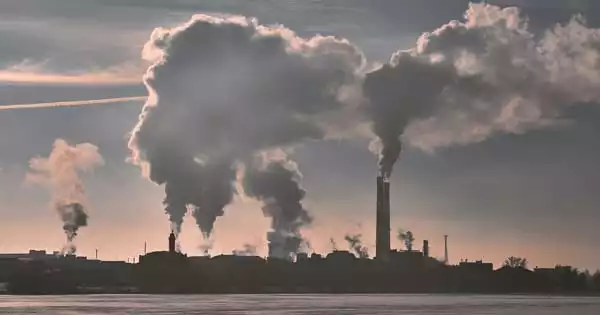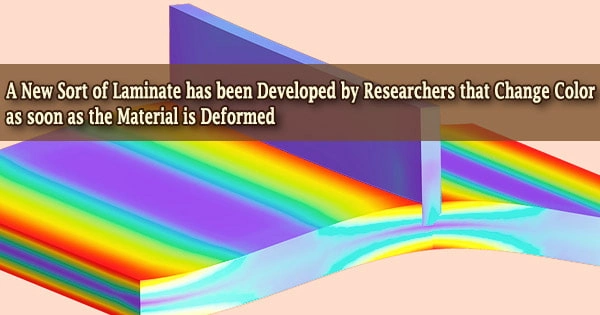People of color, the elderly, children with uncontrolled asthma, and the poor are the groups most affected by air pollution. Vulnerable people may suffer more health consequences because they already have higher rates of heart and lung disease.
Various studies suggest that persons of color in the United States are disproportionately exposed to air pollution. However, it was unclear if this unequal exposure is due solely to a few types of emission sources or whether the causes are more systemic. A recent study that analyzes individuals’ exposure to air pollution based on race, ethnicity, and economic level finds that exposure discrepancies between people of color and white people are caused by nearly all, rather than just a few, emission source types.
The research was led by Christopher Tessum, a civil and environmental engineering professor at the University of Illinois Urbana-Champaign. It was published in the journal Science Advances.
“For decades, community organizations have been experiencing and advocating against environmental injustice,” Tessum added. “Our work adds to an already vast body of evidence by discovering that there is no one source of air pollution, or a limited number of sources, that explain for this gap.” Instead, practically all of the sources are to blame for the difference.
We discover that nearly all emission sectors create disproportionate exposures for individuals of color on average. The imbalances we report are a product of institutional racism: Over time, people of color and pollution have been forced together, not only in a few situations but for practically all types of emissions.
Julian Marshall
The researchers used an air quality model to examine data from the Environmental Protection Agency for over 5,000 different emission sources, including industry, agriculture, coal electric utilities, light- and heavy-duty gasoline vehicles, diesel vehicles, off-road vehicles and equipment, construction, residential sources, road dust, and other miscellaneous small emissions sources. According to the study, each source type evaluated contributes to fine particle air pollution, which is defined as particles with a diameter of 2.5 micrometers or less.
To identify patterns of air pollution exposure associated with race-ethnicity and income, the researchers combined spatial air pollution patterns predicted by their air quality model with residential population counts from the United States Census Bureau to identify differences in exposure by race-ethnicity and income.
The researchers discovered that fine particle air pollution exposures from the majority of source types are higher than average for people of color and lower than average for white people in the 2014 U.S. total population average. The data show that white people are exposed to lower-than-average concentrations from emissions source types that, when combined, account for 60% of their total exposure, according to the study. People of color, on the other hand, have higher-than-average exposures from source categories that, when combined, account for 75% of their overall exposure. This disparity persists at the national, state, and city levels, as well as for persons of all income levels.

“We discover that nearly all emission sectors create disproportionate exposures for individuals of color on average,” said co-author Julian Marshall, a civil and environmental engineering professor at the University of Washington. “The imbalances we report are a product of institutional racism: Over time, people of color and pollution have been forced together, not only in a few situations but for practically all types of emissions.”
The researchers discovered that discrepancies in air pollution are caused by a more comprehensive collection of reasons than previously thought.
“We were struck by how these systemic disadvantages exist for people of color not only in specific areas, but at every spatial scale in the United States,” said co-author Joshua Apte, a civil and environmental engineering professor at the University of California, Berkeley. “The problem exists in urban and rural places, numerous unique U.S. regions, and for residents of practically all American cities.”
“This new study adds context to our previous work, which showed that disproportionate consumption of goods and services – an underlying cause of pollution – compounds the exposure of people of color to air pollution,” said co-author Jason Hill, a professor of bioproducts and biosystems engineering at the University of Minnesota.
The study’s findings are subject to caveats, according to the researchers. There is previously calculated uncertainty in the emissions data, air quality modeling, and population numbers. The team’s findings, however, are unlikely to be an artifact of model or measurement bias because they are consistent across states, urban and rural areas, and concentration levels. This study focuses on outdoor air pollution concentrations in residential areas and does not take into consideration variations in mobility, access to health care, and baseline mortality and morbidity rates, among other things.
“Some people believe that when there is a systematic racial-ethnic discrepancy, like the one we have here, the underlying cause is a difference in income,” Tessum said. “Because the data demonstrates that the disparity cross-cuts across income levels, our analysis validates earlier results that race, rather than income, is what fundamentally drives air pollution-exposure inequities.”
The researchers expect that their findings will reveal potential avenues for resolving this pervasive environmental injustice.
















